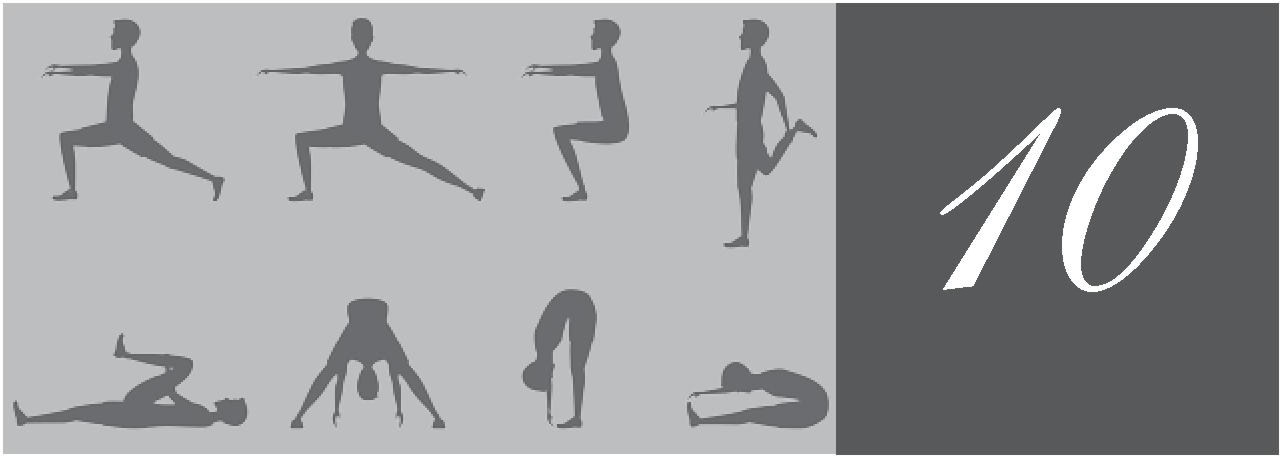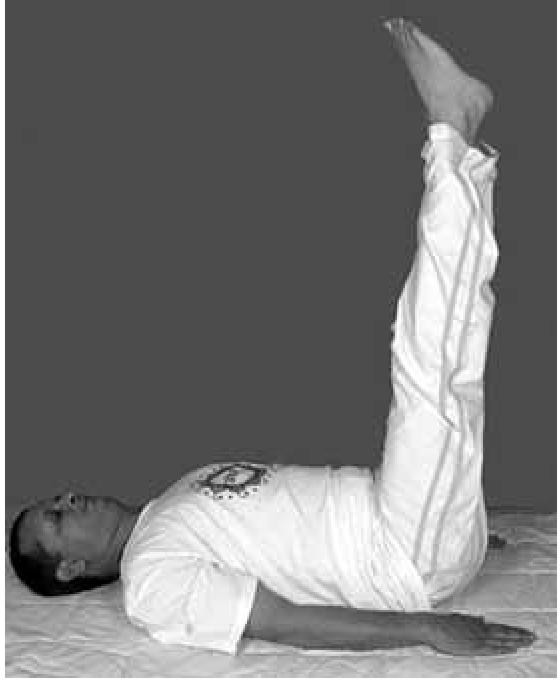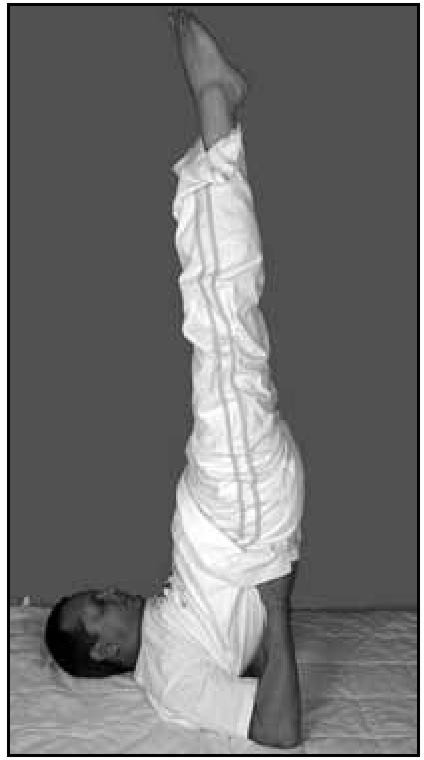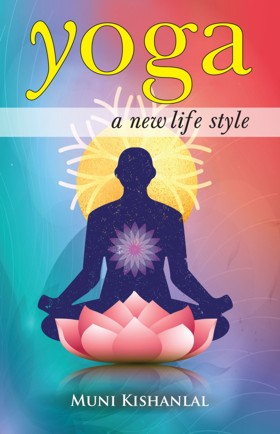
Asana by which all organs of body are activated is called Sarvangasan. This is an asana that defies law of gravity hence called 'vipreet asana'. 'Vipreet' means opposite, so this is an asana performed in direction opposite to the direction of gravity. When humans are on their feet, the gravitational force of earth pulls all organs towards it i.e. downwards. In Sarvangasana, blood flow occurs in the opposite direction i.e. from foot to head. This gives heart and lungs energy and a much required relief from continuous functioning. There is a change in blood pressure and a smoothening of the flow of the blood.
Method
- Lie down on back.
- Place your hands parallel to body and palms on the floor close to the body. Inhaling deeply, slowly raise both legs at 90 degrees keeping toes stretched outward. Exhale and stay in this position for a short while.
- Inhaling deeply slowly raise your lower back. Bend elbows and place palms on back for support. Balancing body weight on elbows raise back, keeping both legs together till legs and back are in a straight line. The chin should touch hollow of the throat, eyes fixed on toes and breathe normally. Hold position for some time.
- Exhaling slowly, lower the upper back, lower back, place hips on floor with legs at 90 degrees.
- Inhale and remain in position for a while. Exhaling slowly, bring legs back to floor without bending knees. Neck and head should not move off the mat.

Sarvangasana 90° (A)

Sarvangasana 90° (B)
Duration
Initially practice this asana for half a minute only. Increasing the duration to a minute, it can be practiced for five minutes every day.
Inhale while lifting legs; exhale while in position.Inhale while lifting shoulders and then breathe normally for rest of asana.
Inhale while commencing return and while exhaling come to the 90 degree position.
Inhale while holding this position and exhale while bringing legs back to floor.
Precaution
This asana should not be practiced by people who are suffering from heart ailments, high blood pressure and enlarged liver and spleen.
Effect on Health
From health point of view Sarvangasana is very important asana. Few Yogacharyas have declared this asana as the king of all asanas. The areas affected by the Sarvangasana are the Hyoid bone, hands, shoulders and brain. While performing the Sarvangasana, body is positioned in reverse direction as a result organs of the body become healthy.
With practice of this asana, heart, lungs, stomach, liver, spleen, large intestine and small intestine assume the reverse position. A few organs are at quite a distance from heart and as such it becomes a little difficult for pure blood to be sent there easily. Sarvangasana is of a great help here. The functioning of brain becomes natural and normal. Blood supply to brain being sufficient during this asana, strengthens it and prepares it to function more efficiently. Sarvangasana is a sure shot cure for all brain related ailments. It helps to improve eyesight and other eye related problems.
The nerves of important parts of body like neck, shoulders, chest and lungs are strengthened. Along with physical development of the body, the nature of practitioner becomes humble and polite.
By now you are aware of the benefits derived out of practice of Sarvangasana and I has also influence on glandular system of the body. The under working or over working of Thyroid and Para thyroid glands can upset hormonal balance in the body and also cause goitre. Regular practice of Sarvangasana can keep these glands in check.
The hormone secreted by Thyroid gland is called Thyroxin. The controlled secretion of this hormone maintains overall health and development of the body. If secretion becomes irregular body experiences dysfunction. A number of disorders and at times even deformities occur. A person could becomes either unnaturally tall and thin or too short or and obese. A healthy gland helps to nurture art, poetry,creativity and oratory.
It has also been noticed that a thyroxin imbalance directly affects the nature of a person. If secretion is irregular (less than the required quantity), then the person becomes irritable. Hair fall, general weakness, lethargy and utter disinterest in any activity are a few other common symptoms.
Over-secretion of Thyroxin can lead to an unbalanced digestion, excess sweating, burning up of more than required energy by tissues and the generation of excess heat in the body, insomnia, protruding eyeballs and swollen throat veins.
According to Yogacharyas, practice of Sarvangasana not only controls all these disorders but also helps in their complete eradication. Once irritable, now the person becomes jovial, decent and polite. Even if hair fall or muscular stress occurs due to any other reason, practice of Sarvangasana proves to be of great help in such cases.
Parathyroid gland secretes the Para thyroid hormone. This hormone helps in maintaining balance of important elements, calcium and phosphorous. Both these elements are of utmost importance to keep bones dense and strong. An under worked parathyroid will result in a weak skeletal system, brittle bones that could snap at slightest pressure and under developed and deficient bones. Fractures will take an unusually long time to heal.Further study of this asana has brought to notice that along with these two glands, the pituitary, pineal and hypothalamus glands are also greatly influenced.
Sarvangasana also effectively balances blood circulation in our body. It also removes blockages in arteries. Healthy blood flow thus keep away most of the diseases because an unhealthy blood flow is known cause for most of the diseases and disorders. A healthy glow and no pimples is proof of excellent circulation of blood.
 Muni Kishan Lal
Muni Kishan Lal
